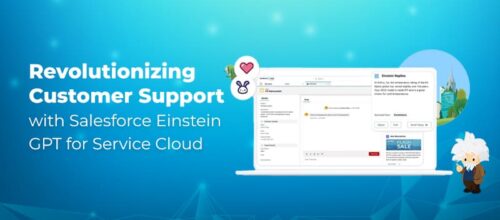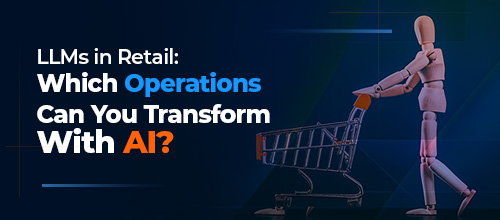Top 6 Changes to APIs After ServiceNow Tokyo Release

Written by Arun R Nair
Technical Lead – ServiceNow
December 9, 2022
ServiceNow platform APIs and integration tools provide the best-in-class solutions for business needs. ServiceNow API integration tools integrate important resources from both inside and outside of the organization, including, IaaS (Infrastructure as a Service), SaaS (Software as a Service), ERP (Enterprise Resource Planning), on-premise apps, legacy systems, data sources, and databases. This capability makes it possible to address business problems more quickly, while also supporting extensive integration, applying automated workflows, and continually making service improvements. Read our case study to learn how with ServiceNow we were able to help a telecom company achieve customer service excellence.
ServiceNow is fully integrated with APIs to provide its extensibility in modern-day applications. With the Tokyo release, ServiceNow has introduced new products and added additional features to existing ones. In this blog, we are addressing the new additions to the APIs. There are 6 major additions to the ServiceNow API list which come with the recent Tokyo release.
Going Above and Beyond: ServiceNow Tokyo APIs
ChangeSuccess
- Scoped for returning Performance Analytics (PA) success scores.
- We use the PA widgets to visualize, analyze and identify areas of improvement.
- Change Success Score indicators were part of the San Diego release.
- With the New API we can get the success score of the specified models.
- Additionally, we can get the scores based on specific changes and teams/groups.
- This API runs in the sn_chg_score namespace and the Change Management- Change Success Score (com.snc.change_management.change_success_score) plugin must be activated.
IPAddress API
- This API provides methods that help to check the state of a specified IP address, such as whether it is routable, unicast, multicast, public, or reserved.
- It also enables you to get the canonical (shortened/standard) and expanded forms of an IP address. It comes in handy during the troubleshooting and automation of the CIs.
RTETransformer API
- Provides a method to transform and store an array of messages into a record based on the ETL definitions.
- We can use this API to ETL the payload information into the ServiceNow Table, for example, the sys_user table. The bulk insert becomes easier with the RTEtransformer. Use the sn_impex namespace when accessing this API.
SCIM2Client and SCIM2ClientUtil API
- SCIM2Clientis used to create, update, or delete data in a service provider (SP) by calling the System for Cross-domain Identity Management (SCIM) Provider (server role).
- SCIM2ClientUtil is utilized when calling the SCIM2Client API. This provides functions to obtain the unique identifiers of external provider systems.
Finally, the last two APIs are more interesting. These are related to the Agent Workspace and RPA capabilities of ServiceNow.
AWA Inbox Actions API
- Advanced Work Assignment (AWA) automatically assigns work items to agents based on their availability, capacity, and optionally, skills using the: work item queues, routing conditions, and assignment criteria.
- This API provides endpoints to accept or reject a work item on behalf of an agent. Also, retrieves reject reasons for a rejected work item.
- Agents see their assignments in their Agent Workspace inbox. This API requires the Advanced Work Assignment (com.glide.awa) plugin and awa_integration_user role.
Automation Center API
- The Automation Center API enables you to create and update processes, robots, and execution jobs.
- Using this API, you can define end-to-end automation for repetitive tasks and then manage and monitor those tasks.
- This API enables you to create the following types of events:
- Robots: Software agents that run a bot process. RPA robots can run attended or unattended.
- Process: Instance of an RPA on a specific robot. It is responsible for running jobs. To uniquely identify a process, you must specify both the process ID and the robot ID.
- Execution: Specific tasks to run in a robot process, such as copying information from one resource and copying it to another, as when copying information from emails to a spreadsheet.
This API can be used for various situations. For example, you can use this API to define the entities necessary to log into the application, copy and paste information, Move documents and files, and extract content from emails, PDFs, and forms. Typically, you should create a robot first and then any processes associated with that robot, but this is not enforced by the API. You must however create the robot and process it before you try to run any jobs for them, or the job request will fail.
When it comes to RPA, we have got a range of services to offer. Visit our RPA page to learn more about our services and the versatile solutions developed for various industries.
How Royal Cyber Can Help:
Navigating changes to the ServiceNow platform can be very challenging. Implementing ServiceNow API and leveraging them successfully is best left to the experts. It is this very expertise we offer- with over a decade of experience, we can help automate customer service, employee, and IT workflows. Get in touch with our ServiceNow professionals to learn more about what we have to offer.
For more information, visit our website, Royal Cyber, and contact us at [email protected].




